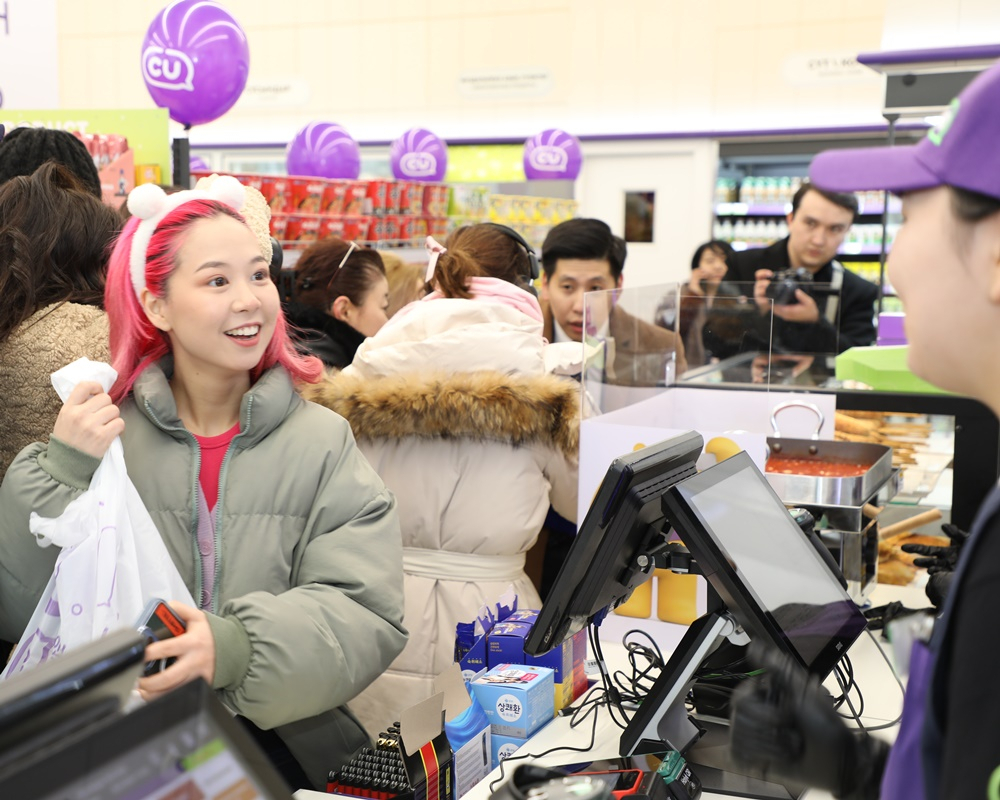
The first CU stores in Kazakhstan opened in March within a shopping complex in Almaty, as part of the expansion efforts of South Korean convenience store operators. These operators are looking to grow their presence overseas, particularly in Southeast and Central Asia, where there is a rising demand for Korean-style comprehensive convenience stores due to rapid economic growth and the popularity of Korean content. The top two chains, BGF Retail and GS25, currently operate a combined 1,168 convenience stores overseas, with a focus on countries like Vietnam, Mongolia, Malaysia, and Kazakhstan. They are leveraging their expertise in operating compact stores with centralized product distribution systems to expand in the Central Asian market, meeting the growing demand for sophisticated and standardized convenience stores in the region. The convenience store industry in Korea has evolved significantly over the years, with the initial perception of convenience stores among Koreans being less positive due to higher prices for the sake of convenience. However, the industry experienced rapid growth during economic crises, and factors such as the increase in one-person households and the development of new towns fueled the demand for convenience stores. The industry's boom in recent years has also been driven by various merchandising efforts from domestic companies, offering diverse and unique product offerings that appeal to both Korean and foreign customers. As the Korean convenience store industry faces market saturation at home, operators are focusing on overseas expansion, with a significant increase in the number of overseas stores in recent years.
